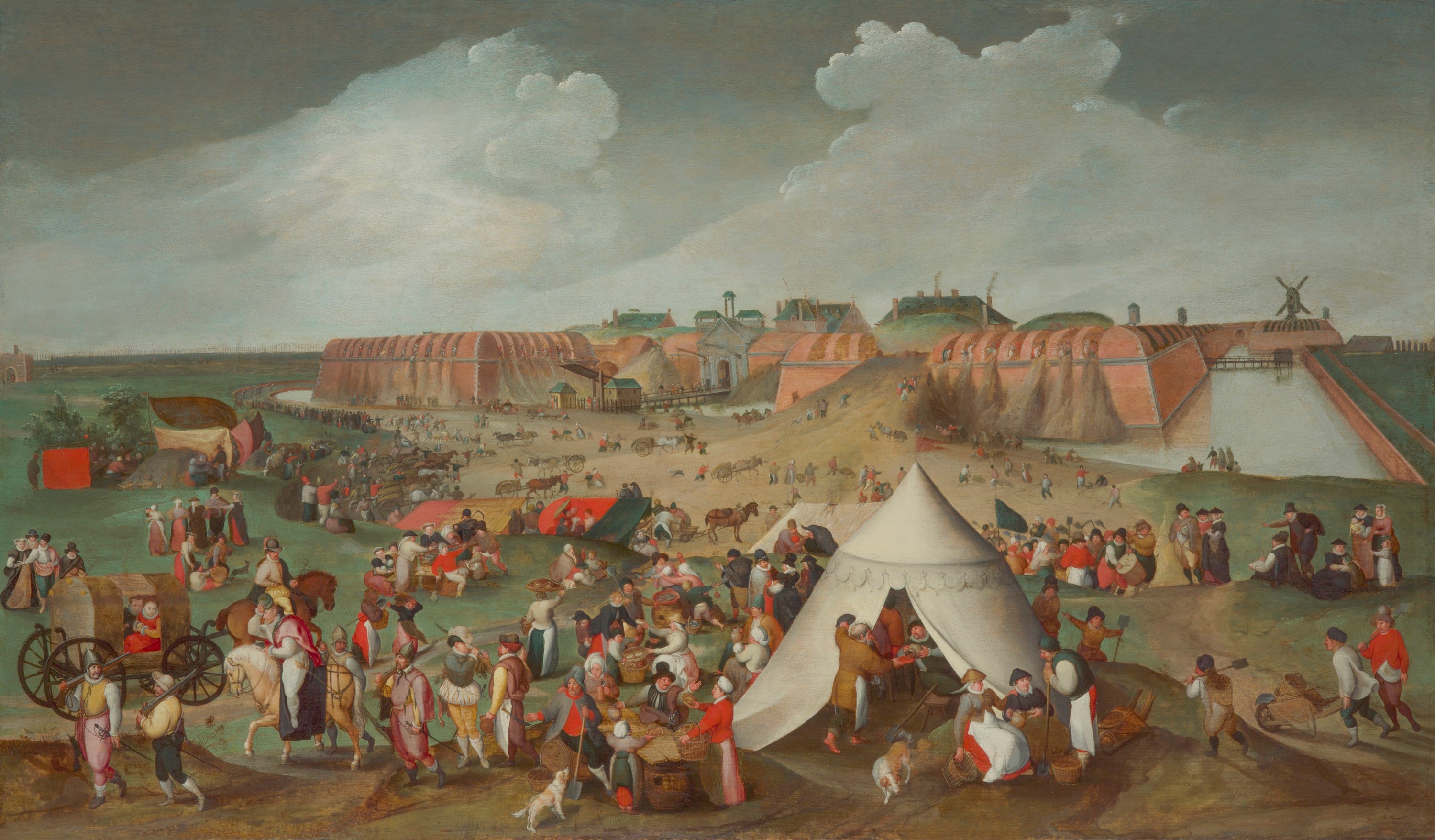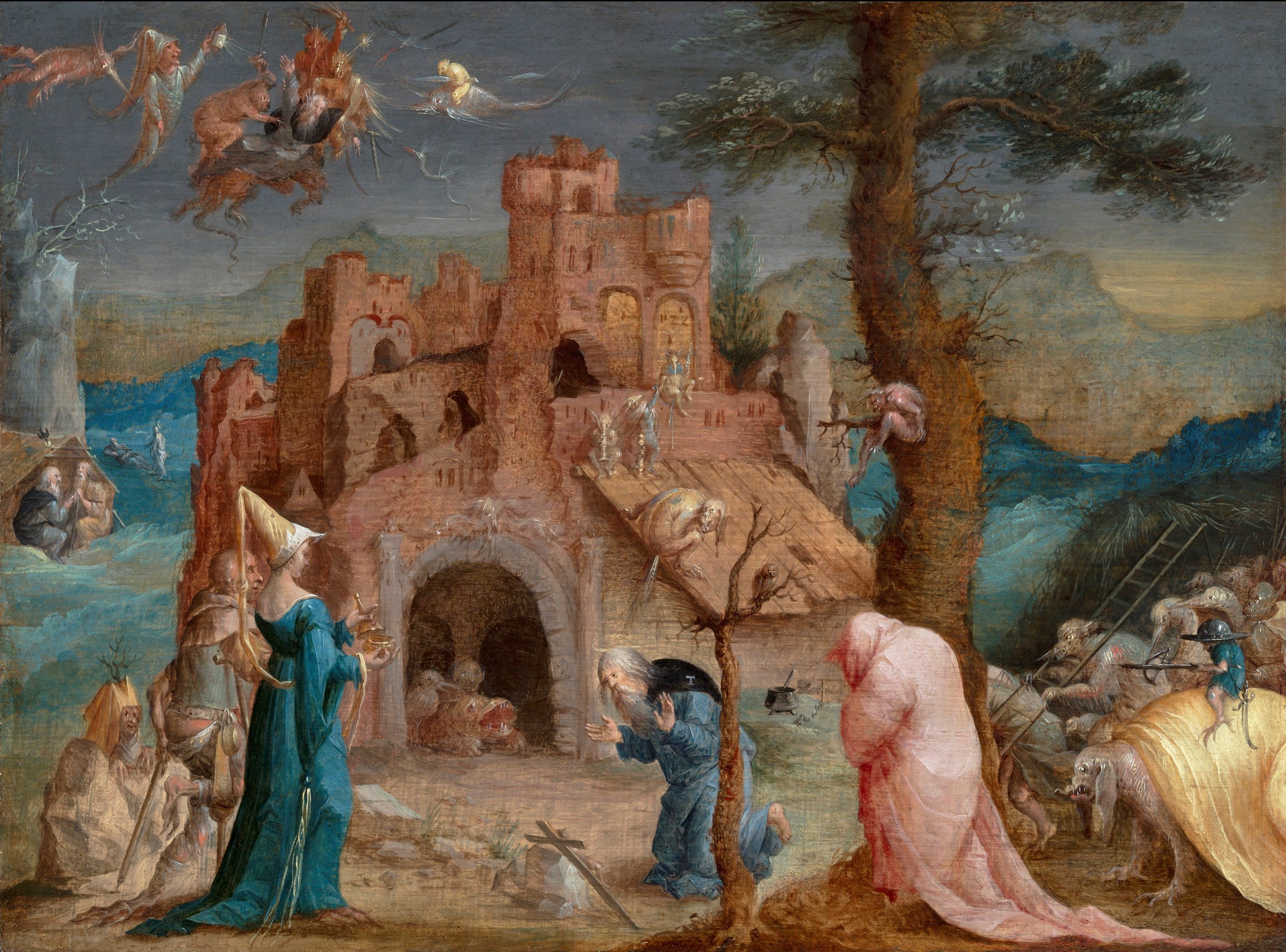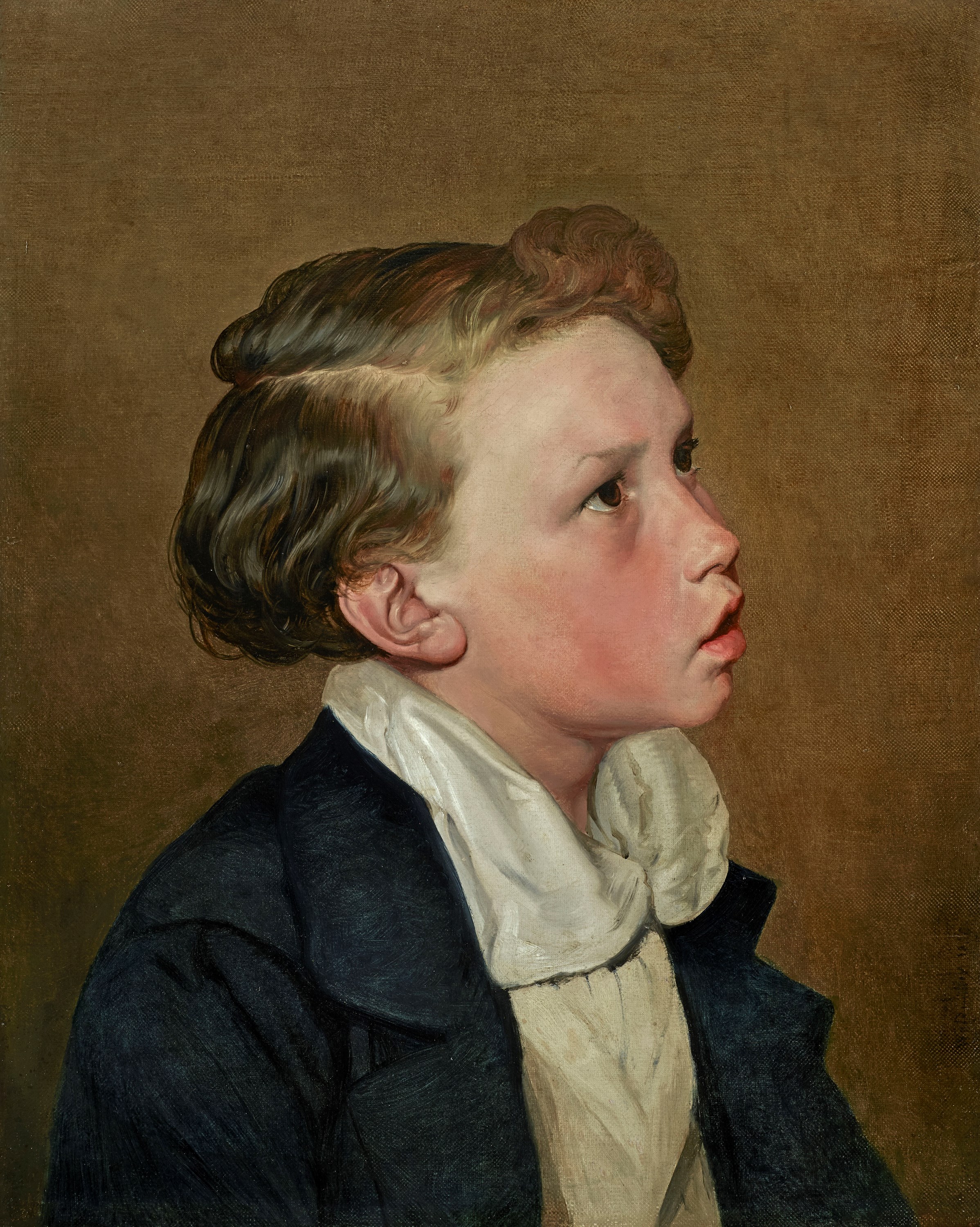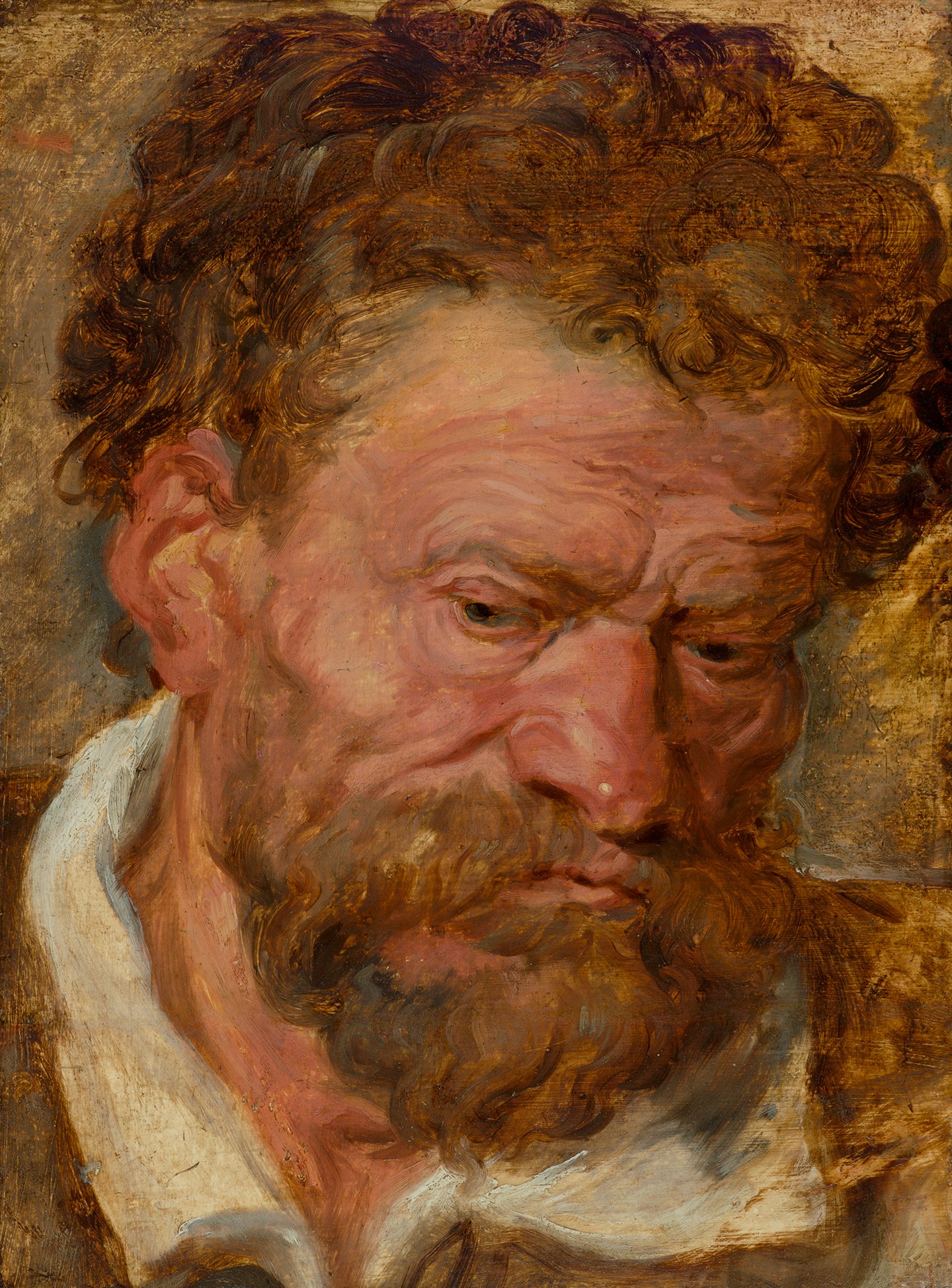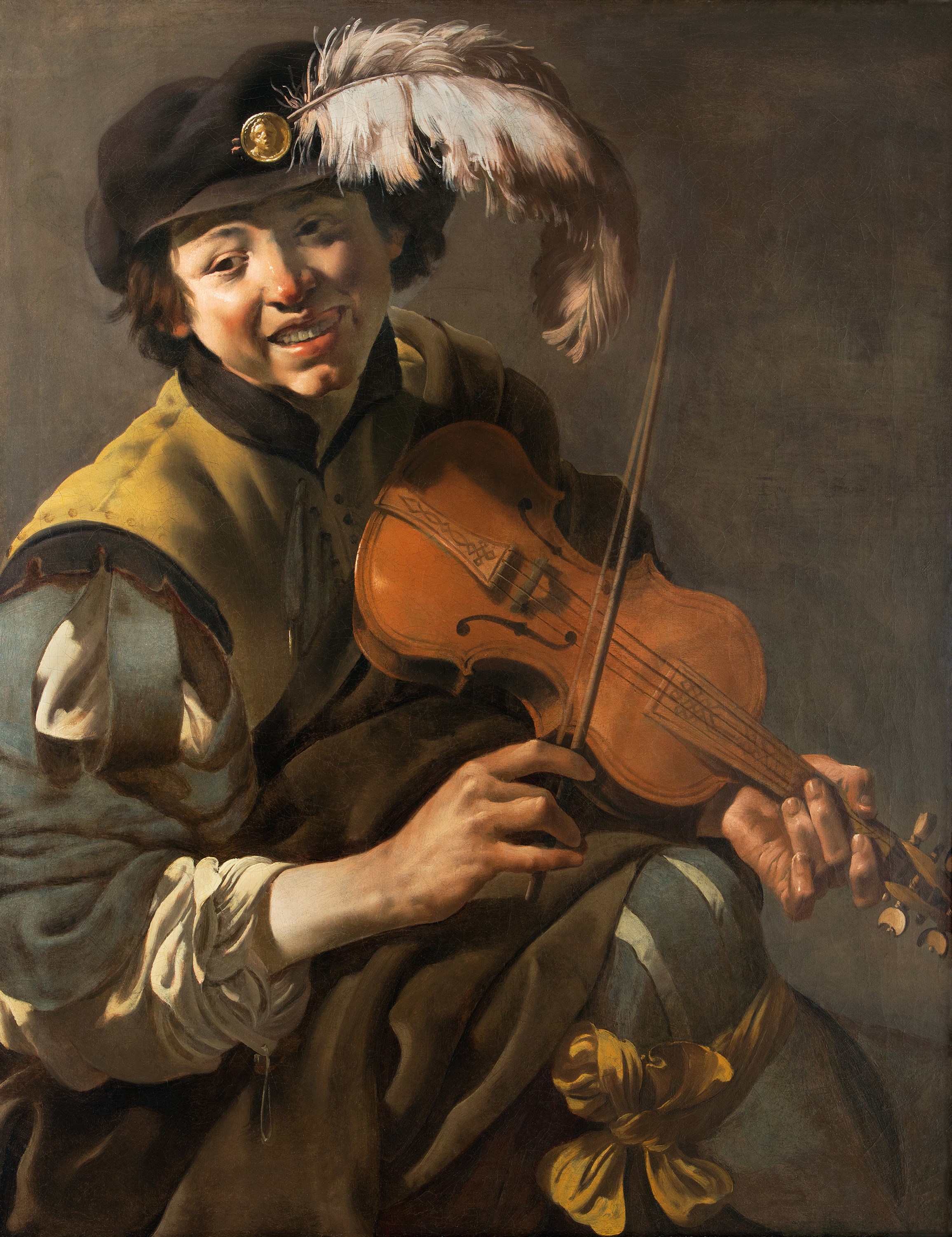Anonymous sale, Cologne, Franz A. Menna, March 19-20, 1954, lot 1165;
Where acquired by the grandmother of the former owner, and thence by descent to the ormer owner
...
Anonymous sale, Cologne, Franz A. Menna, March 19-20, 1954, lot 1165;
Where acquired by the grandmother of the former owner, and thence by descent to the ormer owner
Cornelis Biltius was a still life specialist known for his trompe-l'oeilstill-lifes of game, hunting equipment, kitchen still-lifes and letter racks. His dated works are from the period between 1672 and 1686. His large-scale canvases were often used as wall decorations in German castles in Germany, such as the Brühl Palaces.
Biltius mainly created&nbs ...
;trompe l'oeilcompositions which are clearly influenced by similar works of his father. Examples of illusionistic effects in his works are the trompe-l'oeilframes, the shadows cast by objects on the canvas and the hyperrealist rendering of falling plumes and the drops of blood of suspended game birds
Biltius’ aim was to deceive the eye of the viewer. He skillfully rendered the varied materials and textures of the objects he painted with faithful observation: the fur of a hare, the plumes of birds, a bone hunting horn, a game bag or a heavy curtain – are all made to seem real and three dimensional.
By the middle of the 17th century there is in the Dutch Republic a dramatic increase in the number of paintings representing hunters on horseback and hunting still-lifes. This growing demand came not from aristocratic patrons, but mainly from the greatly expanded upper middle class. Holland was at its economic zenith, with the East and West Indies Companies, for example, generating huge amounts of money. These extremely rich people were eager to surround themselves with the attributes of aristocracy. And while many of them were not allowed to hunt, they could at least fantasize about it through the visual fictions of paintings like those produced by Cornelis Biltius.
These “trompe l’oeil” paintings were viewed as a game, a joke, a device to show how a painter could represent in two dimensions the effect of depth and a third dimension.
During the 17th century painters in the Low Countries were concerned with the invention of new subjects, new techniques. They charmed their viewers with how far they could go in playfully toying with the limits of their art.
Tromp l’oeilpaintings such as the present work were called “bedriegertjes”, or “small imposters”, or “small crooks”. The artist’s aim was not only to deceive by perfectly imitating natural objects, but also wished to be seen to have created a remarkable painted fiction.
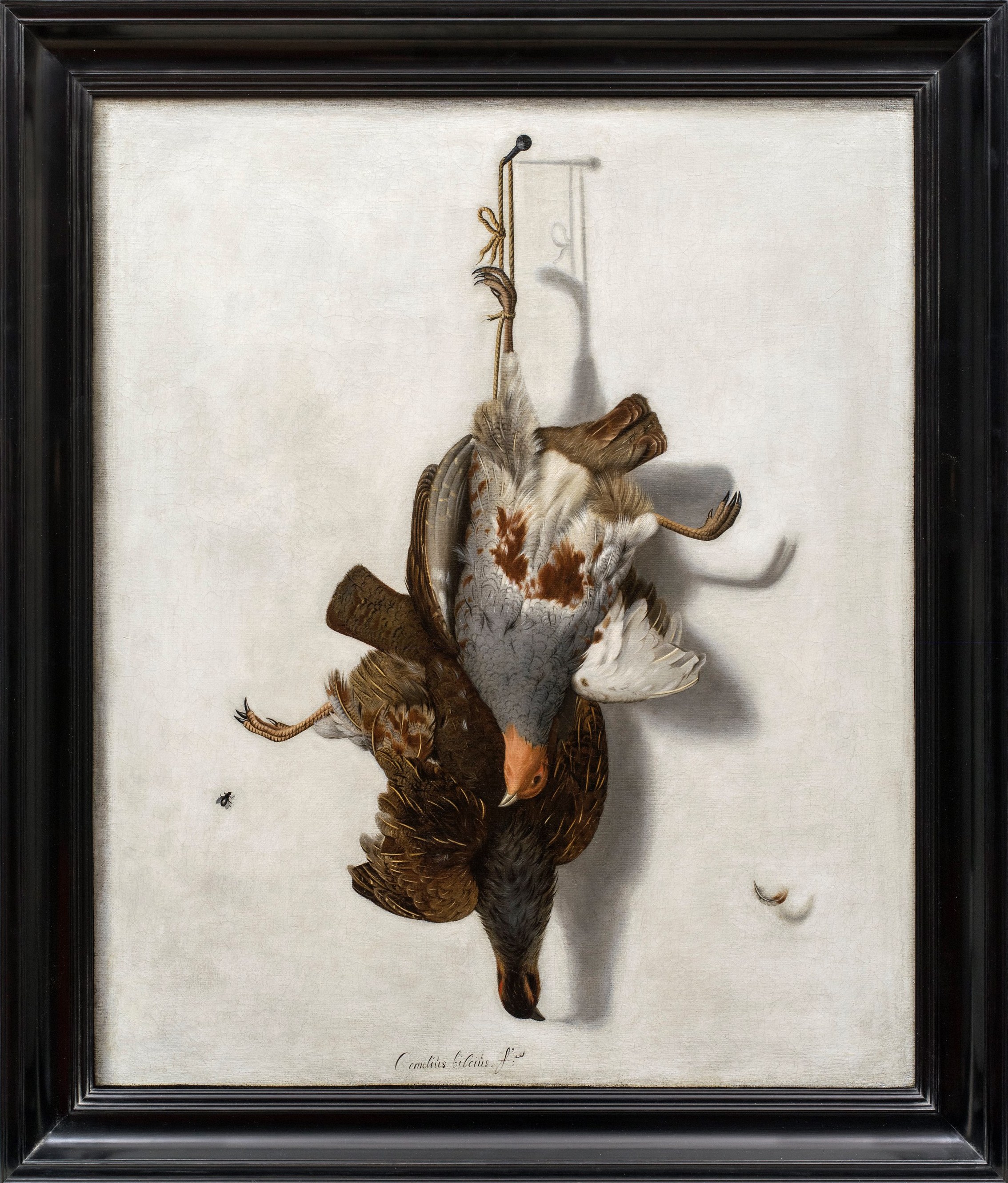
 Facebook
Facebook
 Twitter
Twitter


 Gmail
Gmail
